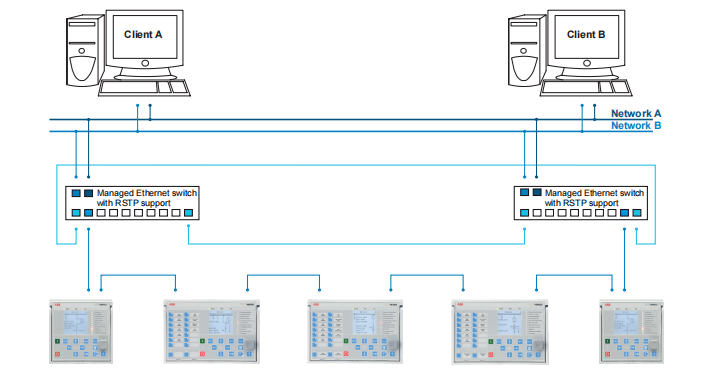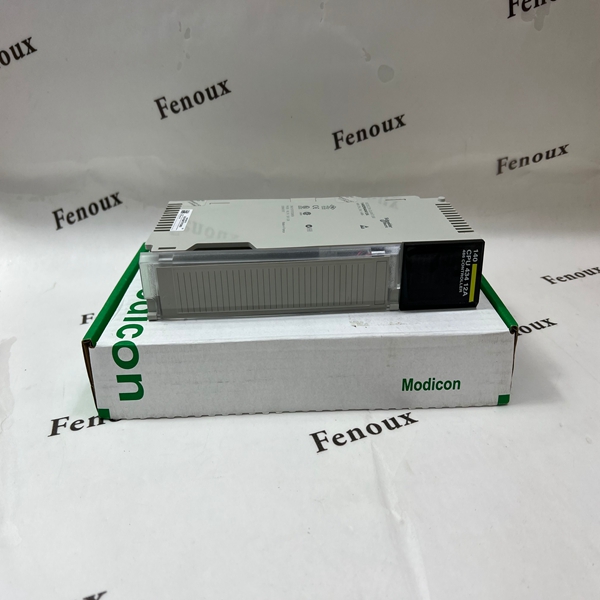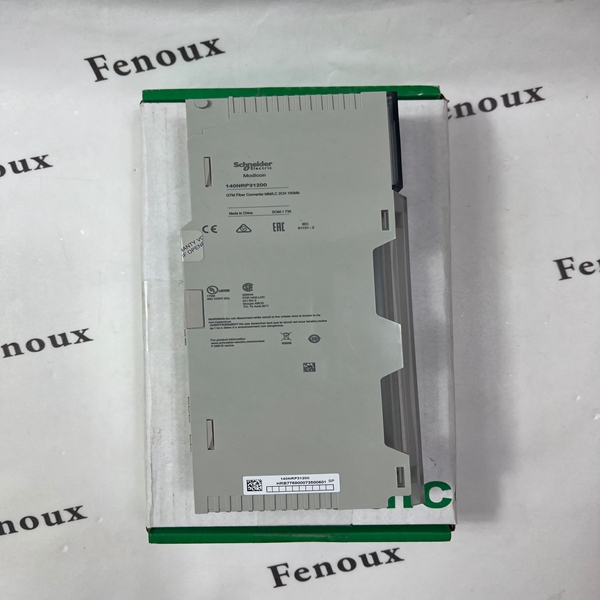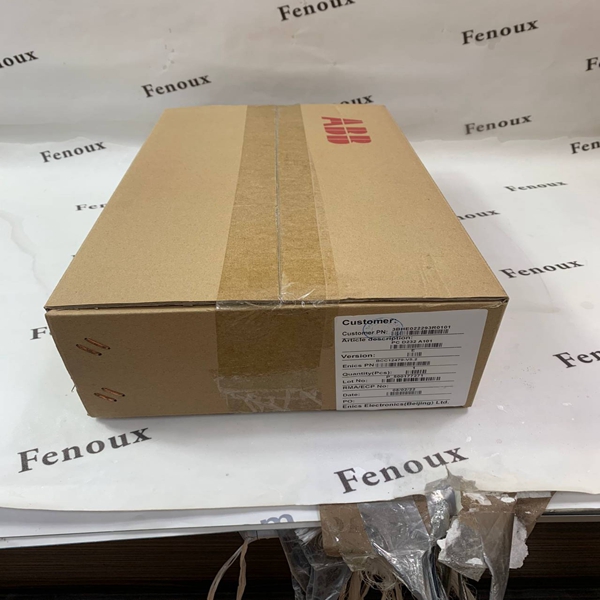- Home
-
Products
- AMCL
- hansford
- Neles-Jamesbury
- Honeywell
- other
- Yaskawa
- HIMA
- Prosoft
- Siemens
- YOKOGAWA
- APPLIED
- BACHMANN
- RELIANCE
- EPRO
- Kollmorgen
- Bailey
- BENDER
- EATON
- PHOENIX
- Danfoss
- LS
- B&R
- Motorola
- LENZE
- METSO
- MOOG
- REXROTH
- SST
- TOSHIBA
- MITSUBISHI
- EUROTHERM
- FISHER
- UNITRONICS
- CISCO
- Omron
- ROSEMOUNT
- LEUZE
- SICK
- KUKA
- Sensata
- Cutler-Hammer
- SlimPak
- REDLION
- PILZ
- POWERMAX
- ELAU
- KONGSBERG
- National Instruments
- ABB
- Foxboro
- Triconex
- Emerson Ovation
- Allen Bradley
- Bently Nevada
- WoodWard
- ICS Triplex
- Motorola
- Schneider
- GE FANUC
- About Us
- FAQ
- NEWS
- Contact Us


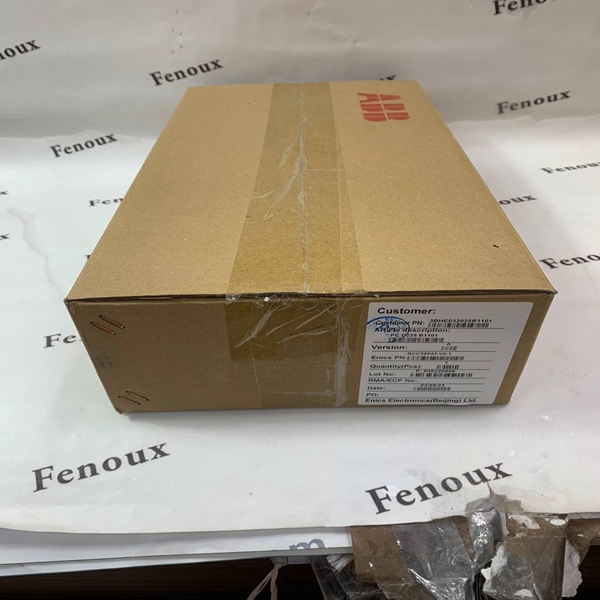
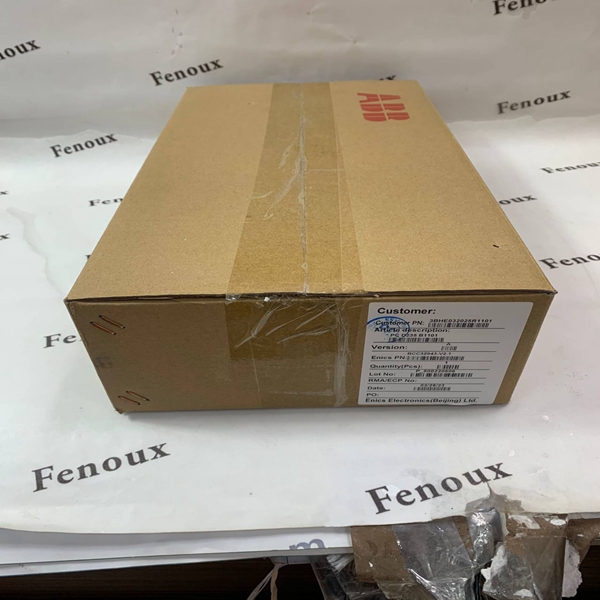
 . Profibus DPV1
. Profibus DPV1